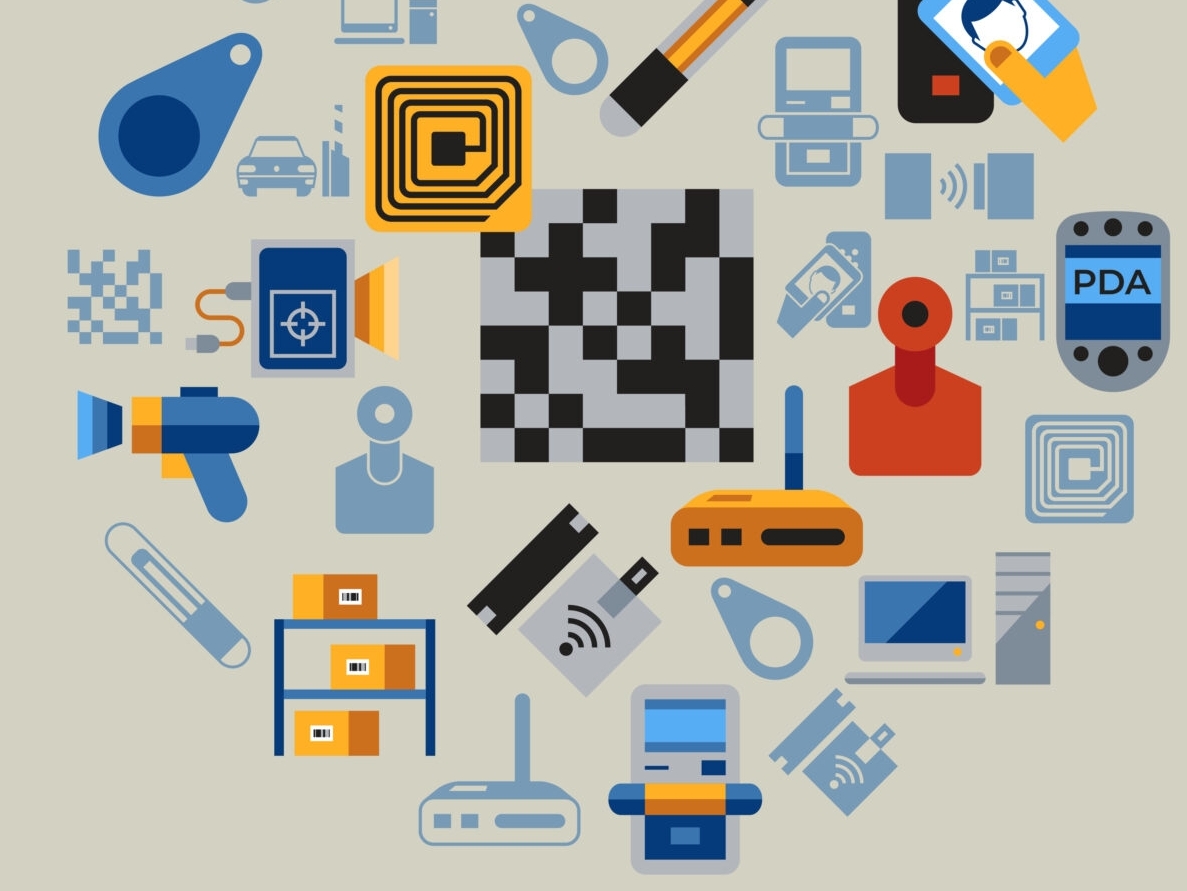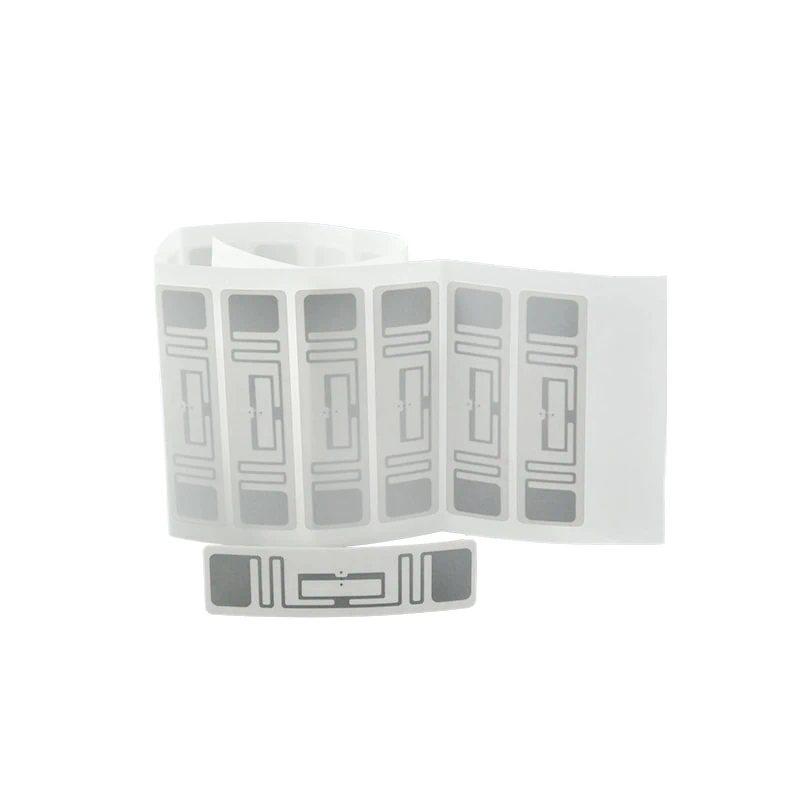Differences Between ID Cards and IC Cards
ID cards only record the card number. The card number stored in the card can be read without any authorization, making it easy to duplicate. ID cards cannot store additional data; their content (the card number) is written by the chip manufacturer once, and developers can only read and use this card number. There is no way to create a new number management system based on the actual needs of a system.
In contrast, data stored on an IC card requires proper password authentication for writing, and even different areas of the card can be protected by separate passwords to fully secure the data. The passwords for writing data and reading data on an IC card can be set differently, providing an excellent method for group management and ensuring system security. IC cards not only allow authorized users to read large amounts of data but also allow them to write data (such as new card numbers, user permissions, user information, etc.). The data on IC cards can be erased and rewritten multiple times, making them much more secure than ID cards.
Differences Between IC Cards and RFID Cards
IC cards are divided into contact and contactless IC cards, both of which fall under the category of RFID. Contact IC cards have their chip embedded directly on the card’s surface, while contactless IC cards consist of a chip and a coil, which can be made using copper wire winding (COB), etched antennas, printed antennas, etc. The key difference in application is that the former requires insertion into a card reader for use (e.g., bank cards), while the latter only needs to be near a card reader’s antenna to be read (e.g., transit cards, access control cards). RFID cards refer to contactless electronic cards or tags, including ID cards, IC cards, NFC cards, and others. The main difference lies in their operating frequency. ID cards were early contactless electronic tags, operating at 125KHz. They only store an ID number and cannot hold any other data, hence the name “ID card.” IC cards, as the name implies, include all RFID tags and contact chip cards except ID cards. However, generally speaking, IC cards refer to contactless smart cards and contact smart cards operating at 13.56MHz. Contactless smart cards include NFC cards or tags (the NFC Forum defines four card types as NFC cards), while contact smart cards have an exposed chip. RFID cards also include electronic cards or tags that operate at other frequencies, such as 915MHz or 2.4GHz.
Differences Between RFID Cards and NFC
IC cards are divided into contact and contactless IC cards, both of which fall under the category of RFID. Contact IC cards have their chip embedded directly on the card’s surface, while contactless IC cards consist of a chip and a coil, which can be made using copper wire winding (COB), etched antennas, printed antennas, etc. The key difference in application is that the former requires insertion into a card reader for use (e.g., bank cards), while the latter only needs to be near a card reader’s antenna to be read (e.g., transit cards, access control cards). RFID cards refer to contactless electronic cards or tags, including ID cards, IC cards, NFC cards, and others. The main difference lies in their operating frequency. ID cards were early contactless electronic tags, operating at 125KHz. They only store an ID number and cannot hold any other data, hence the name “ID card.” IC cards, as the name implies, include all RFID tags and contact chip cards except ID cards. However, generally speaking, IC cards refer to contactless smart cards and contact smart cards operating at 13.56MHz. Contactless smart cards include NFC cards or tags (the NFC Forum defines four card types as NFC cards), while contact smart cards have an exposed chip. RFID cards also include electronic cards or tags that operate at other frequencies, such as 915MHz or 2.4GHz.





